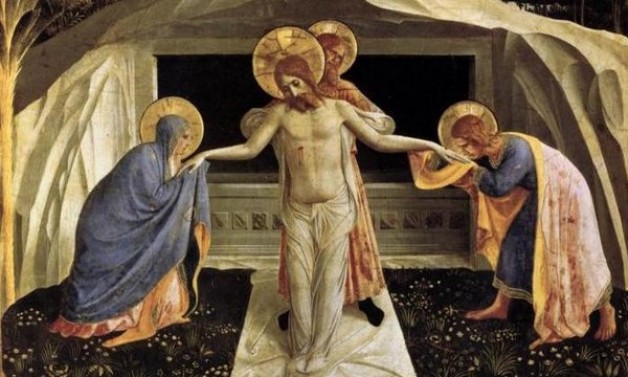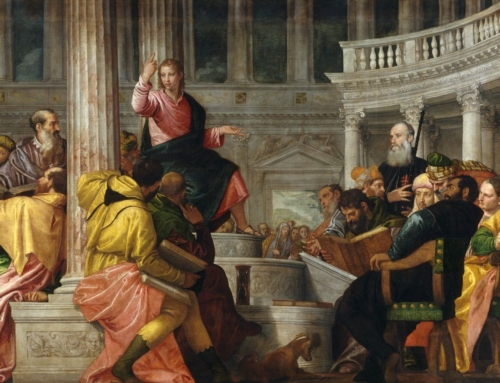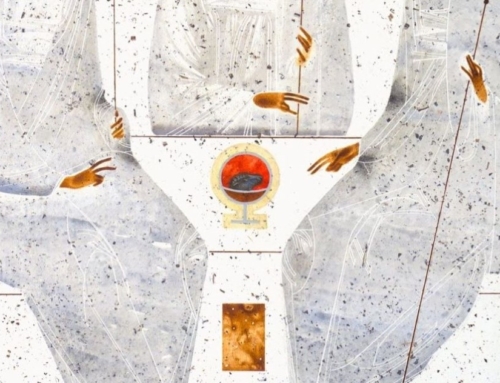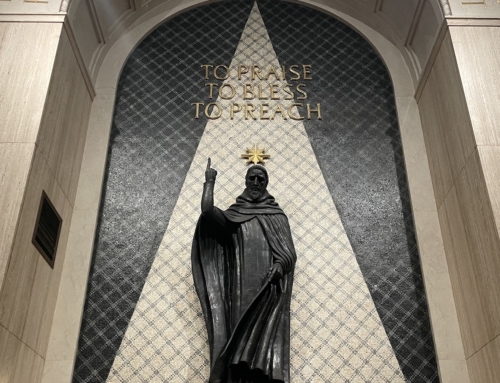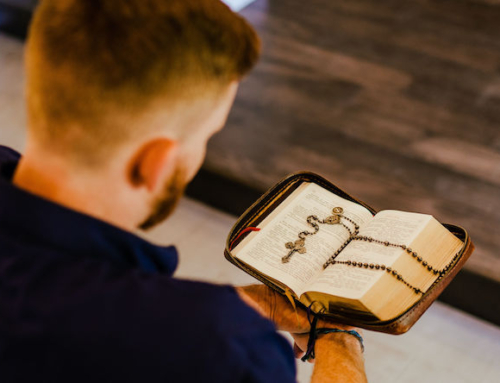One bread, one body,
one Lord of all,
one cup of blessing which we bless.
And we, though many,
throughout the earth,
we are one body in this one Lord.
It would be rare to find a Mass attending U.S. Catholic who has not heard and sung John Foley’s One Bread One Body at some time or another. Though the song’s refrain only began to ring in our ears in the late seventies, the image of the Church as the Body of Christ goes back as far as St. Paul himself. This Pauline image has long inspired the Christian imagination, but what exactly is it that makes the Body of Christ such an apt image of the Church?
Here are just a few reasons for starters:
Christ’s Incarnation is real: When the Son of God became man to take away the sins of the world, he did not do so in mere appearance, but rather he assumed a real human body and soul. The image of the Church as Christ’s body reflects the reality of Christ’s Incarnation. Through the life of charity, our union with Christ is as real as his human nature. The Church is the body of Christ because Christ really assumed a true body and soul.
We receive grace as members of Christ: When Christ became man he was made head over all the Church. The Word of God was sent into creation to become man and to redeem our human nature. By dying for our sins he abolished our servitude to sin and death. As Son of the Father, Christ offers us a participation in his own divine Sonship, and by accepting this gift, we become joined to Christ as closely as bodily members to their head.
We are united in one Spirit: By virtue of our one baptism, we are washed by the one Spirit that gives us new life in the one Lord Jesus Christ. Being baptized in water and Spirit, we are united to Christ and incorporated into his mystical body. While our works are as varied as the spiritual gifts given to us, it is the one Spirit that invisibly manifests the unity of Christ’s body. Just as the many members of the human body are directed and unified by the soul, so too are many Christians animated and unified by the one Spirit.
We are united in the Eucharist: Even before his sacrifice on the cross, Christ offered his body and blood to his disciples in the upper room. By receiving the Eucharist, our unity with Christ is nourished and strengthened just as our bodies are nourished by the food and drink we consume. The 2nd century martyr St. Ignatius of Antioch, profoundly perceiving the depth of his union with Christ in the Eucharist, spoke of his death as pure and ground wheat offered in communion with the one bread that is Christ’s body. Receiving Christ’s body in the Eucharist, we become what we receive.
Foley’s rendition certainly communicates something of this awesome mystery, but nobody says it quite like St. Paul himself:
For just as the body is one and has many members,
and all the members of the body,
though many, are one body, so it is with Christ.
For by one Spirit we were all baptized into one body,
Jews or Greeks, slaves or free,
and all were made to drink of one Spirit. (1 Cor 12:12–13)
✠
Image: Fra Angelico, The Entombment

